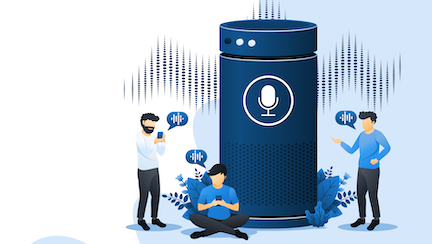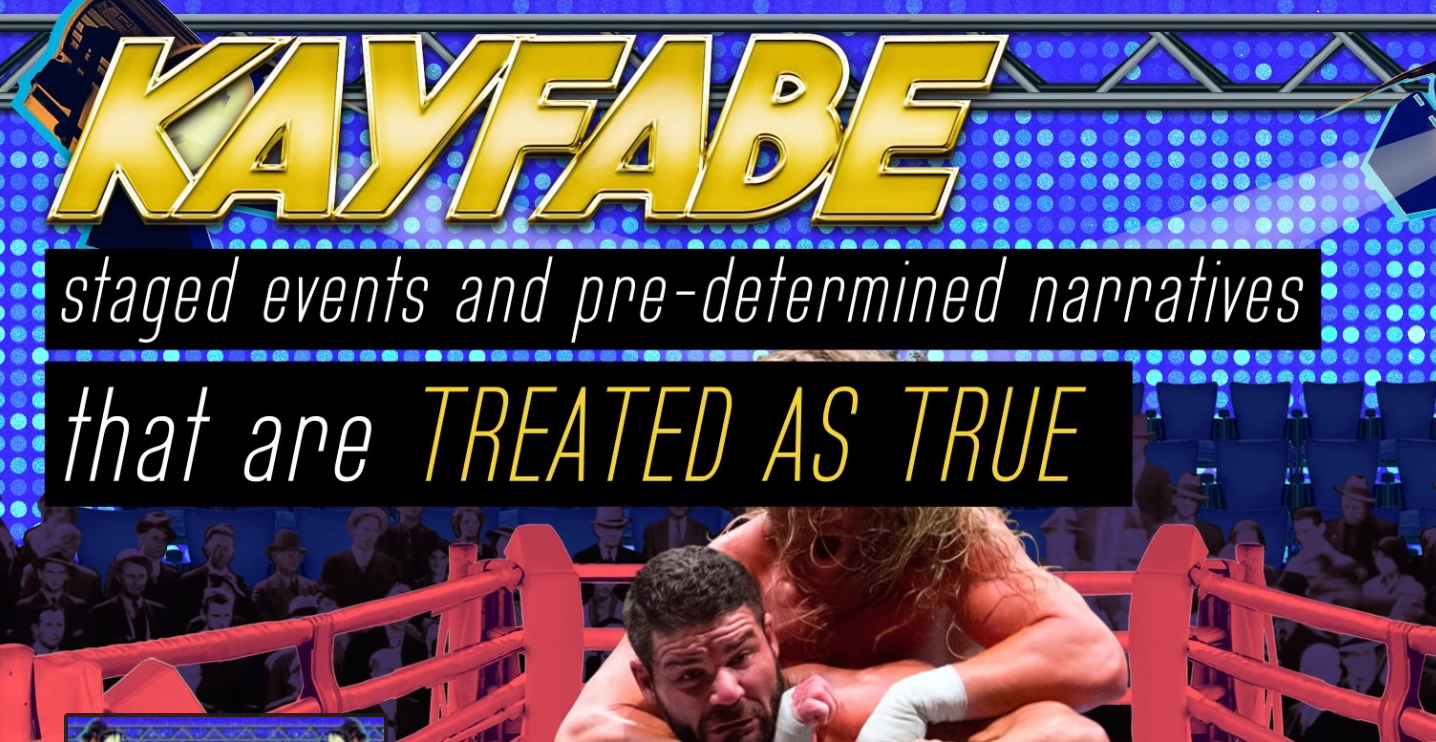
The headline is dead. Long live the headline.
Traditional headline writing is dying. A new form of headline writing is transforming marketing, media, and journalism. That’s good and bad.
While data can be used to judge a headline’s effectiveness via analytics, the crafting and the choices required to make a powerful headline still requires human intuition. An intuition that both empathizes with and caters to the emotional biases that we have as human beings. Biases that override logical best practices in accessing content like headlines.
You’ve heard the saying, “Don’t judge a book by its cover. Well, for most of us, that’s not true. We do judge a book by its cover-all the time. Especially the title. Or with non books, the headline.
So much, the crafting of a headline is absolutely critical to the needs of today’s marketing executive, content publisher, and content reader. Whether it is because we are extremely pressed for time or are lazy information consumers, we have become a nation of headline readers. In fact, for many of us, all we read are headlines. Case in point.
A test case about content headlines that should shock you.
A satirical news site the Science Post published a block of “lorem ipsum” text underneath this headline:
“Study: 70% of Facebook users only read the headline of science stories before commenting.”
The prank ended up imitating life as nearly 46,000 people shared the post. And unless they were self-aware on the irony, they didn’t bother to read the post and its gibberish content within it before sharing.
This phenomenon seems to be born out in a study by computer scientists at Columbia University and the French National Institute. They found that 59% of links shared on social media have never actually been clicked. Those users simply shared the links based on the headlines without ever reading them.
Why do we just read headlines?
In a world where we have so much content to sift through, many of us have come to believe (or hope) the headline summarizes the story.
But it goes further. More not only lean on the headline to summarize the story but to be the final word about the whole story. The headline is used to provide the least bit of reading effort for the most comprehension benefit.
For others, it is a faster way to visually tab and skim across different content offers to make a choice to determine what to read. I’m guilty of going through my RSS feed or Flipboard on my phone just reading headlines to get a feel of the news.
For many businesses, your headline is more important than your content.
In fact, whether you stay employed as a commercial writer for some publications and marketing firms, especially online ones, is your ability to write headlines that engage and drive conversation. If they don’t click. You don’t have a job.
As more publications now live on clicks for revenue, catchy story headlines that create a viral buzz rule. For today’s writer, that means the 75 characters that make up your headline, could define whether your story blows up across the internet or you lose your job.
The skew towards headlines that convert have companies demanding writers create irresistible headlines – even over truthful ones.
This industry change is almost synonymous with a name. Neetzan Zimmerman. Neetzan worked for the now-defunct Gawker writing viral headlines for stories he found on the web. Creating content cat nip headlines like:
- Husband Leaves Wife Because Her 550 Cats Kept Stealing His Food
- Crappy Teacher Tells Kindergartner Who Pooped Her Pants To Sit On It
- How Did a Scarf-Wearing Pig End Up on a Highway Outside Pittsburgh?
- Dead And Buried Hamster Emerges From Grave Alive And Well And Hungry For Brains
- A Friendly Reminder: Don’t Put Your Explosive Portable Meth Lab Down Your Pants
He was so good at it, he was known for generating more page views than the rest of the Gawker staff combined. That skill in writing addicting headlines often came at the expense of truth.
While some would consider that bad. Zimmerman didn’t care. From the interviews he’s given, it feels like it’s a cynical view he’s come to embrace. That he honestly believes news and journalism has become a viral attention machine to survive. The loss of truth in the process is the end justifying the means.
Nowadays it’s not important if a story’s real, the only thing that really matters is whether people click on it,” and “If a person is not sharing a news story, it is, at its core, not news.” – Neetzan Zimmerman
Whether he’s coming from a cynical place or moral failings the phenomenon of news only equal clicks is real. From Buzzfeed to Raw Sory to Forbes to Huffington Post to The Blaze to to…(you get the picture), the role of headlines is the most important part of today’s content development.
Headlines matter. Ten tips for writing them.
This is why it is important to remember that the headline you write matters. So when writing one…
- Know your audience.
Put together a headline that speaks to your audience needs or wants. No one reads what doesn’t interest them.
- Tell them why this story matters. Quick!
We live a a world of content skimmers. As they skim, they are looking for a reason NOT to stop and look at your content. You’ve got less than 3 seconds tops before they’ve made a decision to engage your content or not. Get to the point through your headline or they’ll move on.
- Tell THE story. Not A story.
The story is the one that best frames your users’ interest or gives the best set up for understanding the rest of the content. Make sure THE story aligns with their interests.
- Poke an emotion to help them prioritize the urgency of the information.
If you know your audience enough and what buttons you can push to help them contextualize the value of your content, push them. Just avoid manipulating their biases and emotions unfairly. This can turn into mister Zimmerman’s click bait.
- Be brief and punchy.
Something is sharp and penetrating when you deliver more of its mass to a smaller, succinct area. Headlines work the same way.
- Be controversial.
There’s a reason people stare at car crashes. People become curious onlookers around drama or the unknown. Bring out the inherent drama in your headlines.
- Ask a question.
It tends to focus readers on the idea behind the headline as well as build curiosity on the issue.
- Use lists.
“10 Ways to Create a Whole New You. “For some reason, people love to know how many things you’re about to tell them.
- Think SEO.
Nobody will read your content if they can’t find it. Think about key words in your headline.
- For clicks. Work hard on your title.
Titles are more important than body content. Sigh. In fact, it’s not unusual for editors to demand 20 or more different headlines options for an article.
The right headline equals engagement.
It’s your headline that will penetrate the clutter of information your readers are bombarded with and say, “you must read me.” That is why you must learn the art of headline writing.































